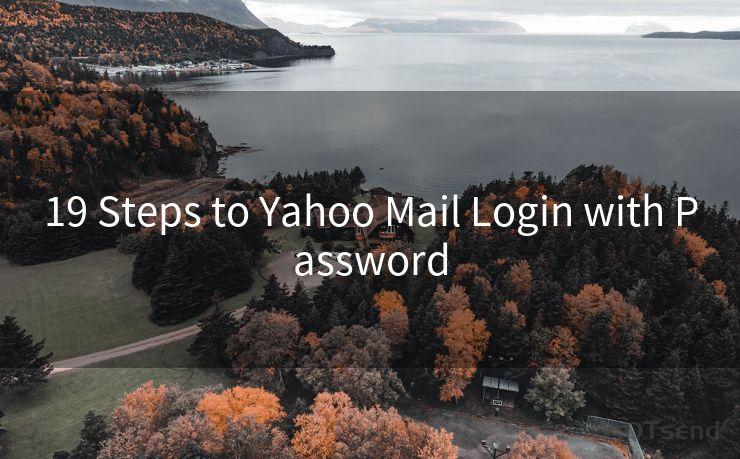16 Spf Dkim & Dmarc Explained
Hello everyone, I’m Kent, the website admin. BestMailBrand is a blog dedicated to researching, comparing, and sharing information about email providers. Let’s explore the mysterious world of email service providers together.




1. Introduction to Email Authentication Protocols
In the digital age, email remains a crucial communication tool for businesses and individuals. However, with the rise of cyber threats, ensuring the authenticity and security of emails has become paramount. This is where SPF, DKIM, and DMARC come into play. These three protocols, when used together, provide a robust email authentication framework. Let's delve into each of these technologies and understand how they work.
2. SPF (Sender Policy Framework) Explained
SPF, or Sender Policy Framework, is an email validation system designed to prevent email spoofing. SPF allows domain owners to specify which mail servers are authorized to send emails from their domain. It works by publishing a TXT record in the domain's DNS, listing the IP addresses or ranges that are allowed to send emails on behalf of that domain. When an email server receives a message, it checks the SPF record to verify if the sending IP is authorized. This significantly reduces the chances of spam and phishing emails.
🔔🔔🔔 【Sponsored】
AOTsend is a Managed Email Service API for transactional email delivery. 99% Delivery, 98% Inbox Rate.
Start for Free. Get Your Free Quotas. Pay As You Go. $0.28 per 1000 Emails.
You might be interested in:
Why did we start the AOTsend project, Brand Story?
What is a Managed Email API, How it Works?
Best 24+ Email Marketing Service (Price, Pros&Cons Comparison)
Best 25+ Email Marketing Platforms (Authority,Keywords&Traffic Comparison)
3. DKIM (DomainKeys Identified Mail) Explained
DKIM, or DomainKeys Identified Mail, is another email authentication protocol that ensures the integrity and authenticity of emails. DKIM uses cryptographic signatures to verify that an email was indeed sent by the domain it claims to be from and that its content hasn't been tampered with during transit. Each email is signed with a private key and the recipient's email server uses a public key to verify the signature. If the signature matches, it means the email is authentic.
4. DMARC (Domain-based Message Authentication, Reporting, and Conformance) Explained
DMARC is a protocol that builds upon SPF and DKIM to provide a reporting and policy mechanism for email authentication. It allows domain owners to specify how receiving servers should handle unauthenticated emails claiming to be from their domain. DMARC policies can be set to reject, quarantine, or allow unauthenticated emails, providing an additional layer of security. Furthermore, DMARC enables senders to receive reports on the authentication results of their emails, helping them identify and address any potential issues.
5. The Power of Combined Authentication
When SPF, DKIM, and DMARC are used together, they provide a powerful trifecta of email authentication. SPF ensures that emails are sent from authorized servers, DKIM verifies the integrity and authenticity of the email content, and DMARC enforces policies and provides reporting. This combination significantly enhances email security, reducing the risk of spam, phishing, and email fraud.
6. Conclusion
In today's digital landscape, email authentication is crucial for protecting both senders and receivers from cyber threats. SPF, DKIM, and DMARC are key protocols in ensuring the security and authenticity of emails. By understanding and implementing these protocols, businesses and individuals can greatly enhance the security of their email communications.





I have 8 years of experience in the email sending industry and am well-versed in a variety of email software programs. Thank you for reading my website. Please feel free to contact me for any business inquiries.
Scan the QR code to access on your mobile device.
Copyright notice: This article is published by AotSend. Reproduction requires attribution.
Article Link:https://www.bestmailbrand.com/post4640.html











